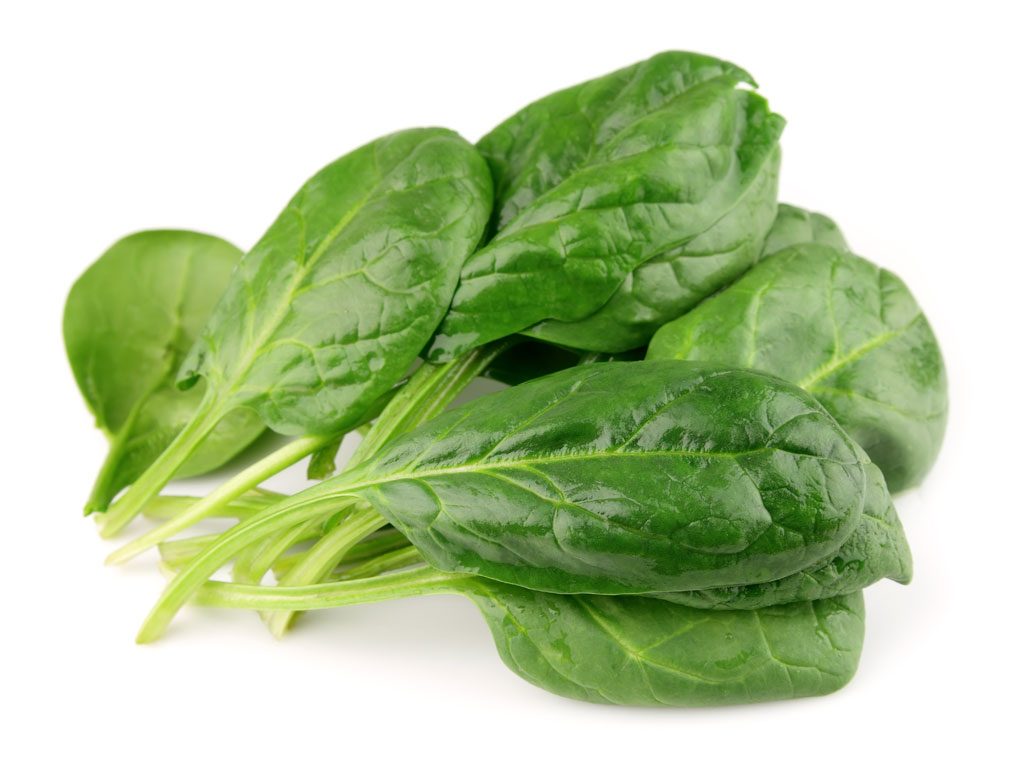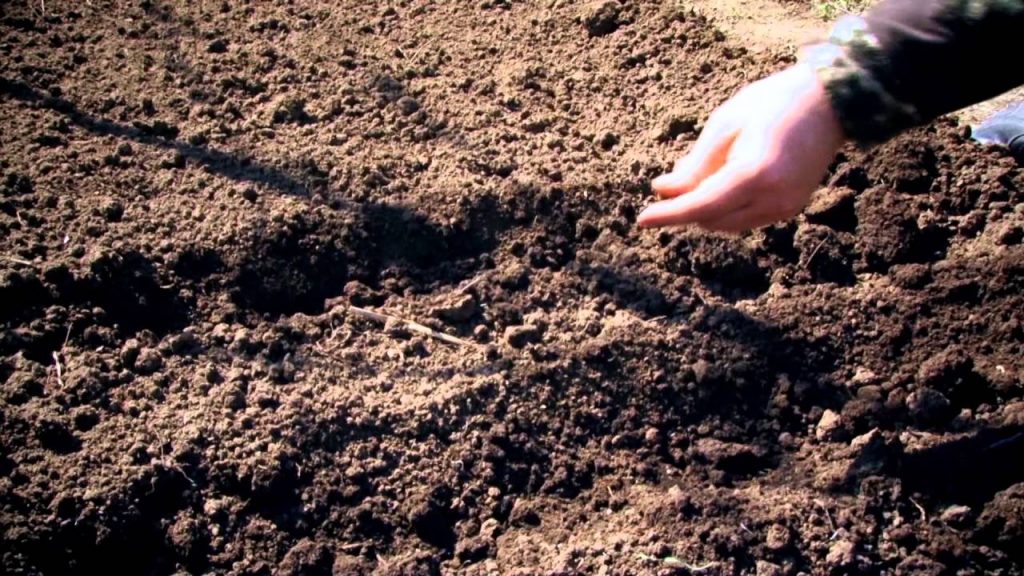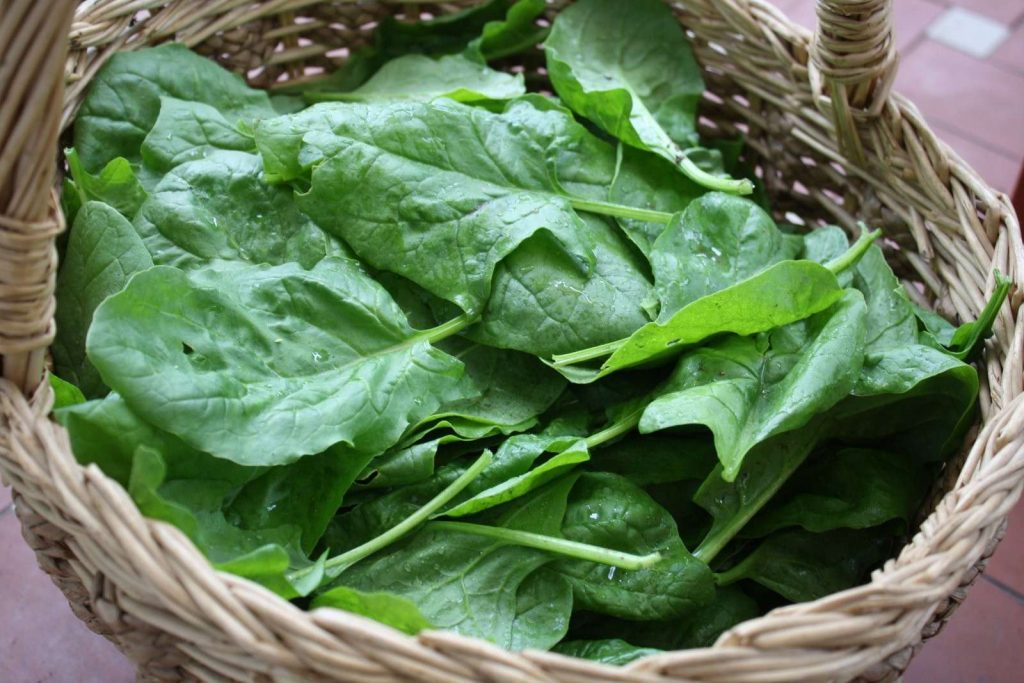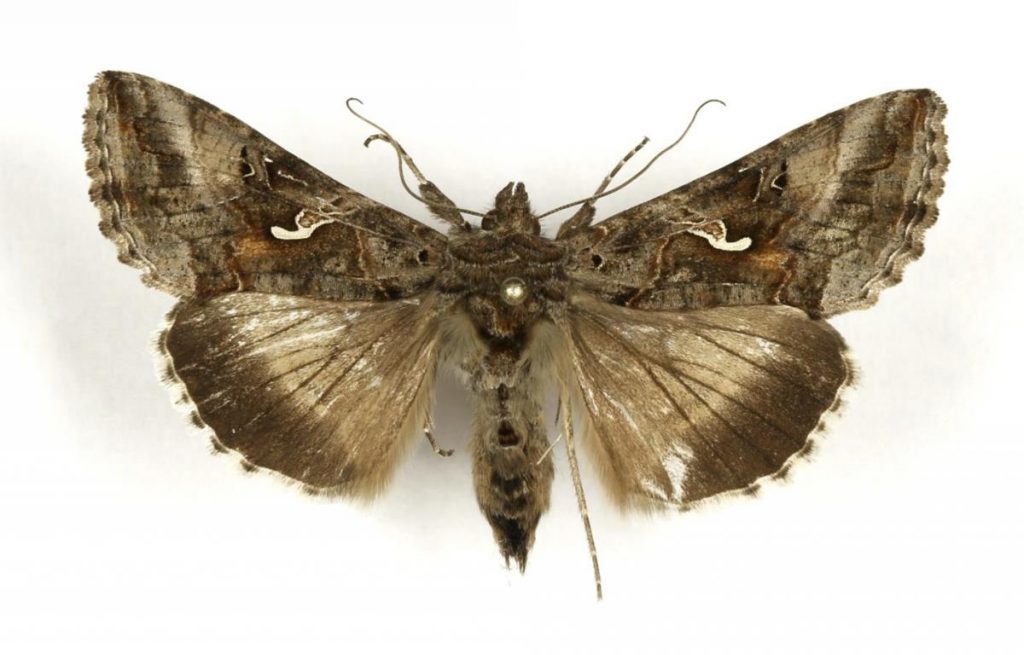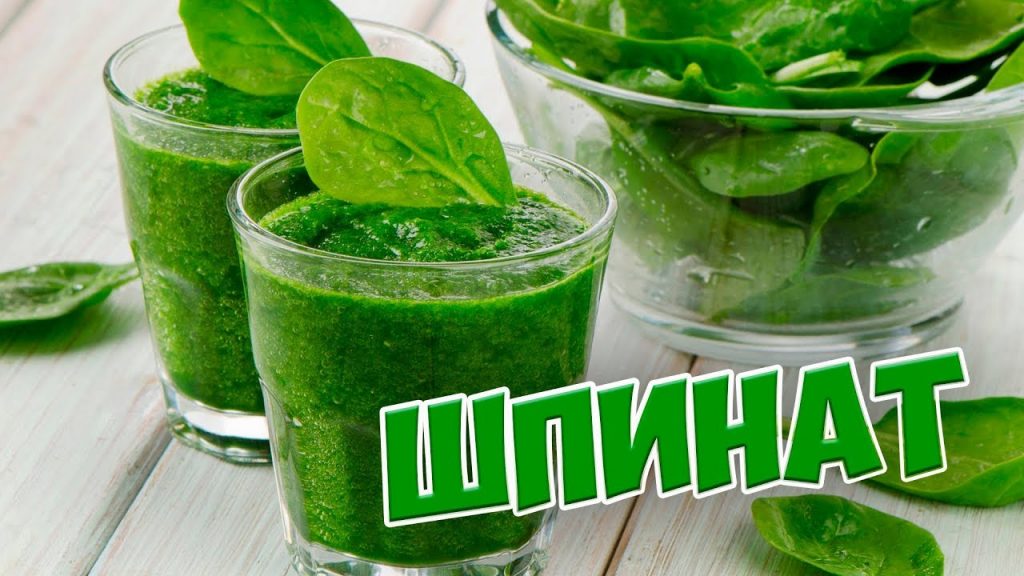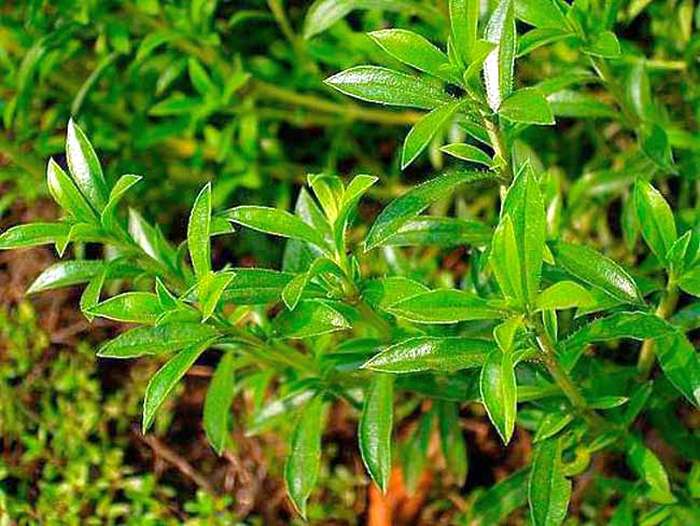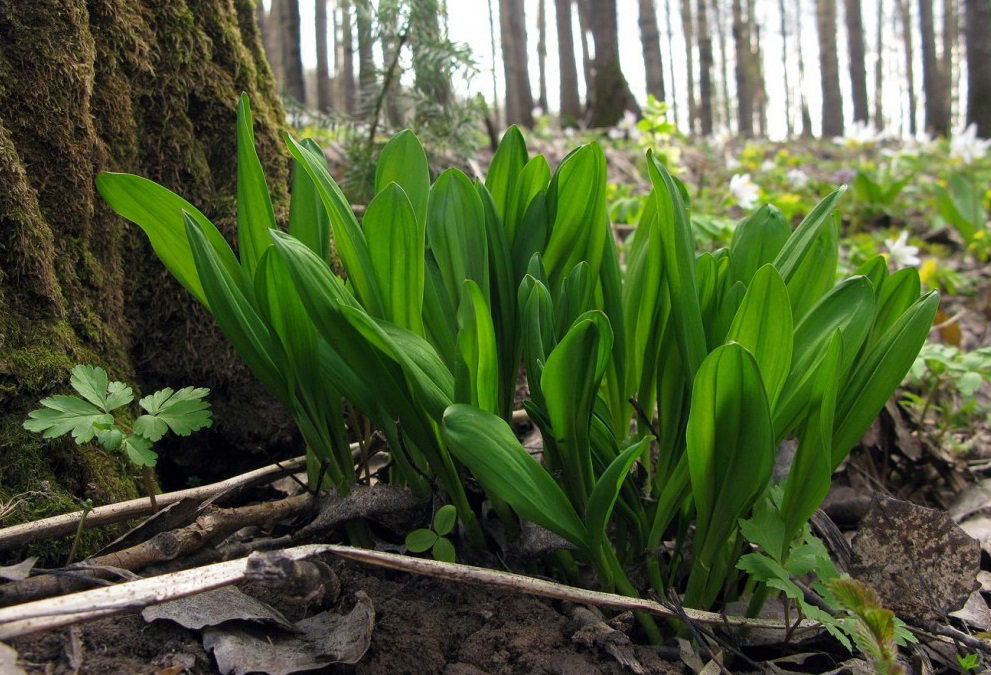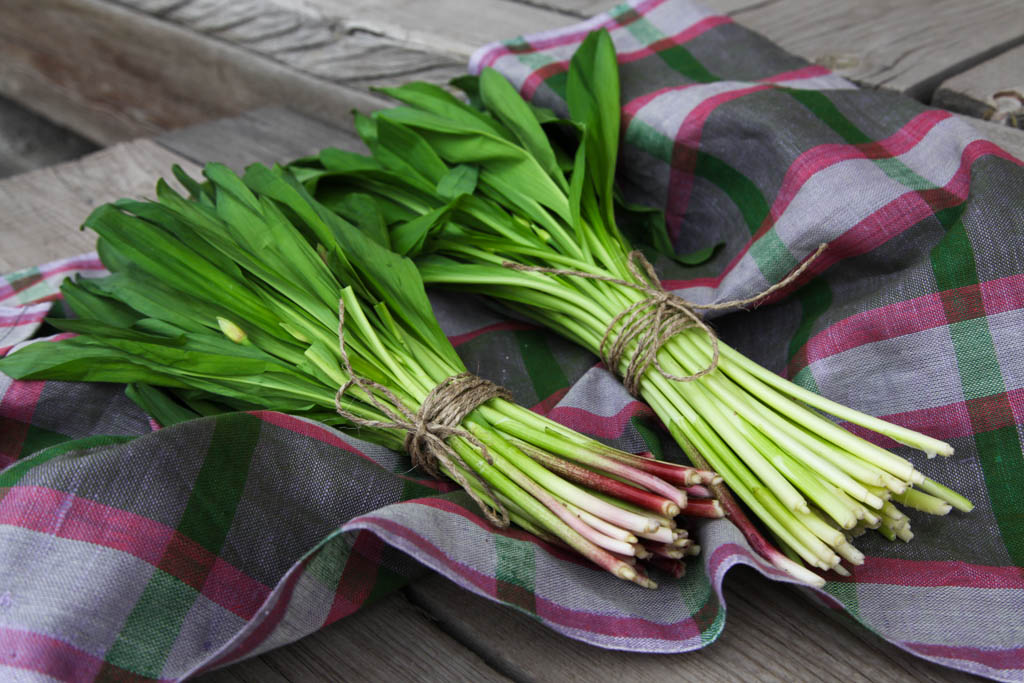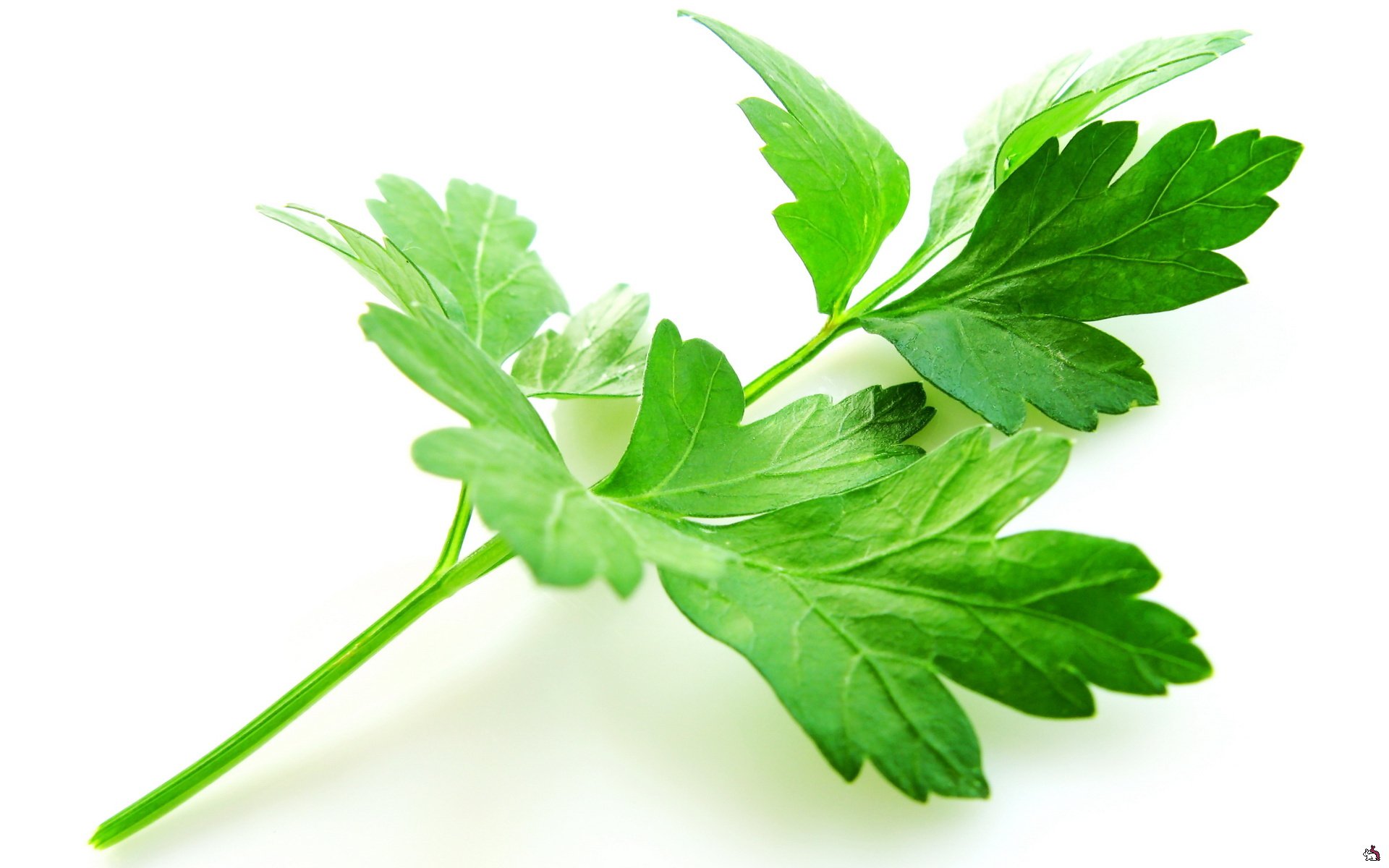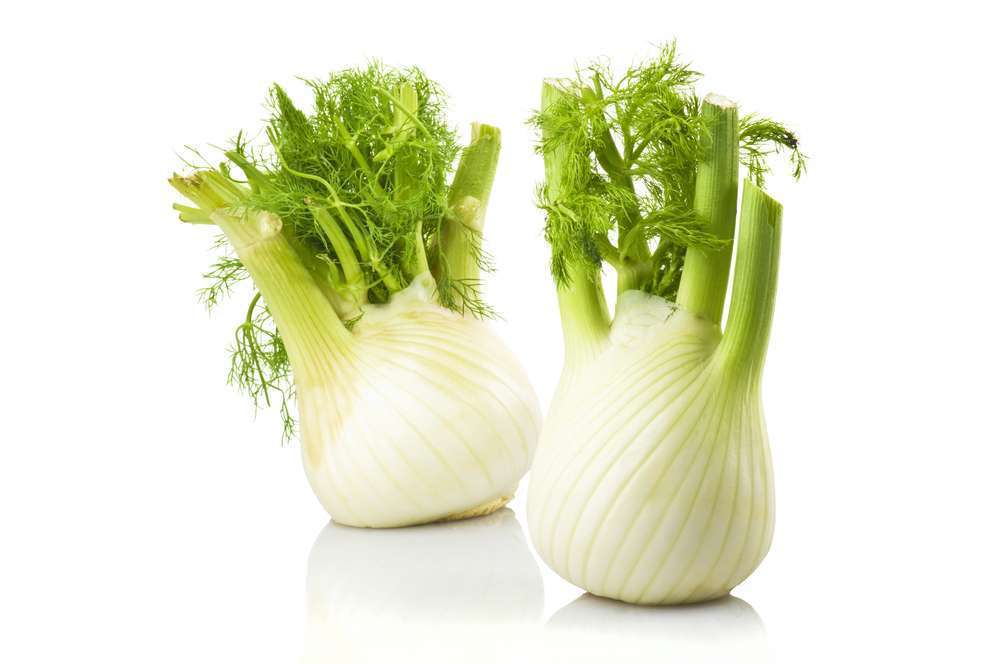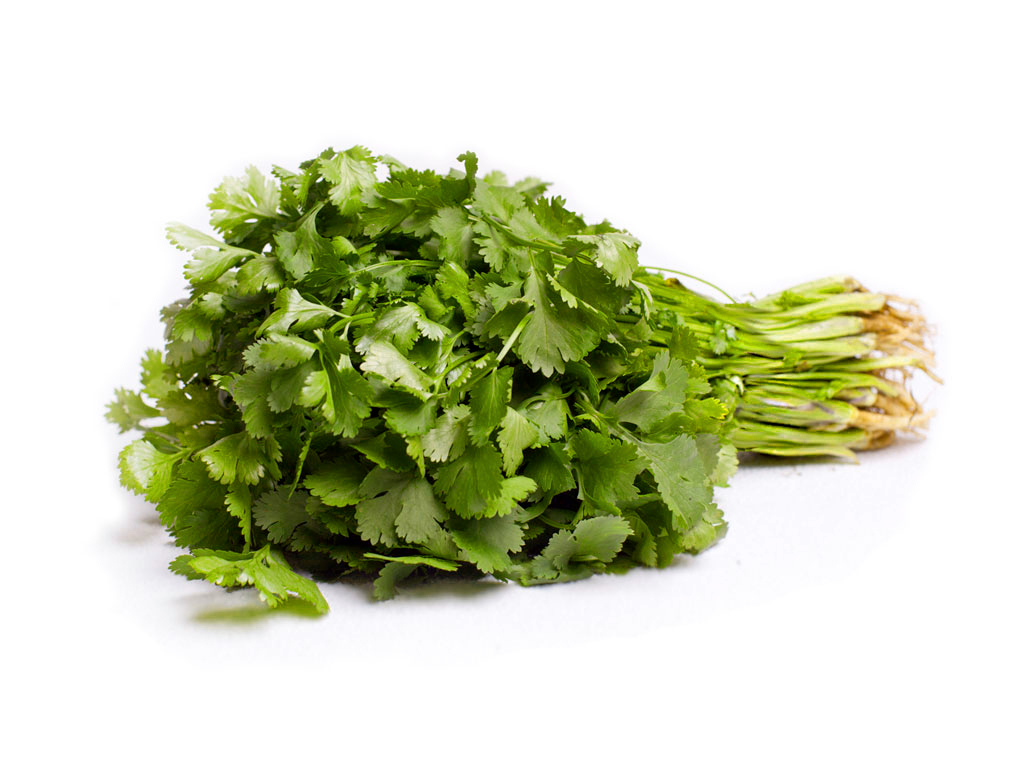Content:
Spinach is a cultivated species belonging to the genus Spinach of the Amaranth (Marev) family. The homeland of spinach is Western Asia, where it began to be grown in the 2nd century. It was brought to European countries in the 15th century by Arab traders and travelers. Spinach appeared in Russia quite late - only in the 18th century, however, in a short time it quickly gained great popularity as a rather unpretentious and high-yielding green crop. Currently, this green vegetable is found both in personal and summer cottages and in farms, where it is planted not only in open ground, but also successfully grown in winter in greenhouses.
What is spinach
Externally, spinach is a herb, consisting of a basal rosette and a peduncle, 30-50 cm high. The egg-shaped leaves in the rosette are fleshy and juicy, with a corrugated surface. At the end of the growing season, the plant forms one erect and rigid stem, covered with small lance-shaped or lanceolate leaves.
Spinach is a dioecious crop - single female axillary and male flowers in the form of spike-paniculate inflorescences are located on different plants. The fruit that ripens as a result of pollination on female plants is a smooth or two-horned round nut.
Spinach, unpretentious to soil, grows almost everywhere - it is not grown only in the Far North. He is not picky about the temperature regime: shoots appear at a temperature of + 40C, tolerates frosts down to -80C. For normal growth and development, the optimum temperature is + 16 + 180C. However, intense heat oppresses the plant, reducing its productivity and quality of the crop - spinach quickly throws out the stem, which is why the marketable leaves of the root rosette lose their appearance.
Agrotechnics
Site selection
What kind of soil is good for spinach? You can grow this crop on almost any soil. However, the highest yields can be obtained only in areas well-lit by the sun with fertile, weakly acidic cohesive sandy or loamy soil. Like most crops, spinach does not like stagnant water, so areas for it should be chosen high, with deep groundwater. This culture grows poorly on heavy clayey and drained acidic peatlands.
Predecessors
Sowing spinach is best after crops such as tomatoes, cucumbers, potatoes, cabbage. It is undesirable to plant it after beets, parsley, dill.
Presowing soil treatment
The plot chosen for spinach is being prepared for sowing the crop in the fall. Plots overgrown with wheatgrass, milkweed and other rhizome and root-sprouting weeds are treated with glyphosate-containing herbicides (Hurricane, Tornado, Roundup). With such processing, the grass should be at least 10-15 cm high, and the air temperature should be above + 50C.
After 10-12 days, a mixture of humus with mineral fertilizers is applied on the surface in the following doses:
- Humus (compost) - 6-7 kg / m2
- Potassium chloride - 15 g / m2
- Double superphosphate - 20 g / m2
After that, the soil is dug to the depth of the fertile layer (25-30 cm).
In the spring, after the snow melts and the excess moisture disappears, the site is loosened to a depth of 10-15 cm using a flat cutter or hoe. Urea is introduced under loosening in a dose of 10-15 g / m2.
Seed preparation
Spinach seeds are covered with a very dense and durable shell, therefore, to obtain early and friendly shoots, they must be soaked before sowing. For this, a little water is poured into a shallow container. On a cotton pad moistened with water, the seed is evenly distributed, placed in a container, and the container is covered with a lid or plastic bag. The seeds are soaked in this way before sowing for 24-48 hours.
Sowing
Sowing spinach seeds can be done 2-3 times per season:
- early spring (late April-early May);
- in the middle of summer (July).
For spring sowing, early and mid-ripening seeds are used, for summer sowing, late-ripening seeds. This allows you to grow fragrant spinach greens throughout the warm season. Seeds are sown in an ordinary way in grooves, 2-3 cm deep.The distance between rows should be 25-30 cm.
Care
The cultivation of this culture is not only timely planting, but also the proper care of plants during their growing season.
Care consists of activities such as loosening and mulching the soil, thinning, watering, and pest and disease control.
Loosening and mulching the soil
Loosening of the soil is carried out several times per season as necessary: when weeds appear in the aisles, the formation of a soil crust after heavy rain, prolonged drought. Loosening depth - 10-15 cm. In addition, the aisles can be mulched with a layer of peat, humus or compost.
Thinning
When 2-3 true leaves appear in the root rosette, thinning is performed, making the distance between two neighboring plants at least 8-10 cm. The seedlings thickening the bed are removed by pulling them out of the ground with a root. This technique allows you to improve the illumination of the remaining plantation, provide seedlings with a sufficient area of nutrition, allowing them not to compete with plants located too close.
Pest and disease control
The main diseases affecting spinach include:
- Peronosporosis - develops on the leaves in the form of yellowish spots (on the front side of the leaf) and a dirty gray bloom (on the back of the leaf). Plants are particularly affected in cool and wet weather.
- Root rot (fusarium) - damages the root system of not only seedlings, but also adult plants.Affected spinach lags behind in growth, the leaves acquire a rich green color, often wilt and dry out. This disease is especially dangerous in the flowering phase.
- Ascochitis - manifests itself in the form of angular brown specks of various sizes on the leaves. With severe damage, the leaves turn yellow and dry out.
- Cercosporosis is a fungal disease that affects the leaves, on which spots form, which at first will have a small size, and then gradually grow, differ from healthy tissue. As the disease progresses, the spots cover the entire surface of the leaf blade, thereby leading to the drying of the leaf.
The greatest harm to this culture is caused by such insects as:
- Beet miner fly is an insect, 5-6 mm long. Lays eggs in leaves. The emerging larvae destroy almost all the pulp of the leaf. With the mass colonization of the plant by this pest and the absence of measures to combat it, the plant is doomed to death.
- The gamma scoop is a fairly large butterfly with a wingspan of up to 80 mm. It earned its name due to the silver spot in the center of each wing in the form of the Greek letter gamma. The larvae laid by the butterfly cause harm - they skeletonize (eat the flesh, leaving veins) leaves, causing the plants to dry out and die.
- Medvedka ordinary - an adult pest is a large insect, up to 50 mm long, with a powerful mouth apparatus and digging front legs. The bear lives in the surface layer of the soil, making long winding passages in it. In spinach, like other crops, the bear damages the roots by gnawing them. This causes a weakening, and in case of severe damage, a very rapid death of an outwardly healthy plant.
To combat diseases and pests, preventive measures are used such as:
- Placement of culture after optimal predecessors;
- Application of a sufficient amount of mineral and organic fertilizers;
- Timely sowing with germinated seeds;
- Thinning planting;
- Watering;
- Loosening and mulching.
Harvesting
Harvesting begins when 6-8 leaves are formed in the root outlet. The leaves are torn off or cut off with a sharp knife, scissors, sickle.
The best spinach varieties
Among summer residents, varieties such as Virofle, Giant, Bloomsdelsky, Matador, Corenta:
- Virofle is a low-growing (up to 30 cm high), early-maturing variety, perfect for getting greenery in greenhouses and greenhouses. Seedlings are able to withstand a slight drop in temperature and a lack of sunlight during the initial stage of growth.
- Giant is a frost-resistant early ripening variety that allows you to get the first greens after 14-15 days. The entire crop is harvested 30-35 days after germination. It grows well and gives a rich harvest of greens both in early spring and in summer crops.
- Matador is a mid-season Czech variety. The period from emergence to harvest is 35-50 days on average. It is a spinach Matador medium-sized plant with a compact basal rosette of fleshy oval leaves of ash-green color. The variety is resistant to most crop-damaging diseases. Grown in the open field.
- Korenta is a late-ripening variety with a powerful root rosette of deep green leaves. The variety is resistant to frost and temperature drops. It is grown in both spring and summer crops.
Benefits of spinach
Garden spinach is a culture that contains many trace elements and vitamins useful for the human body.
Of the microelements, annual spinach contains:
- Iron;
- Calcium;
- Magnesium;
- Manganese;
- Copper;
- Sodium;
- Selenium;
- Phosphorus;
- Zinc.
Greens are also rich in vitamins such as:
- A;
- C;
- E;
- H;
- K;
- PP;
- B vitamins.
In addition to the fact that spinach is rich in vitamins and microelements, it is also such a plant, in the leaves of which there are many amino acids and proteins necessary for humans.
Due to the content of the above microelements and vitamins, spinach has a beneficial effect on immunity, improves the condition of bone tissue, teeth, reduces the risk of cardiovascular diseases, increases blood clotting, stimulates digestion, and has a positive effect on the condition of hair and skin. Very important is such a property of this culture as reducing the risk of diseases of the reproductive system, increasing potency.
The use of spinach in cooking
The young foliage of the root rosette, which has a pleasant, not sour taste, is used for food. The leaves on the peduncle are less juicy and nutritious. Spinach foliage is used not only fresh for salads, it is used to prepare sauces, it is boiled, stewed, fried, used as a filling for meatballs, pies, cabbage soup is cooked from it.
Dried spinach is used as a seasoning for hot dishes, soups, meat, fish. Fresh leaves can also be stored frozen in the freezer. The storage time should not be more than 8 days - by the end of this period, all useful substances decompose, the greens lose their taste and useful properties. You should not cook dishes from such spinach - the difference in the taste of fresh herbs that have already lost their properties is significant.
Thus, the benefits of using this culture are significant, and contraindications are few. Because of this, spinach is included in almost every recipe for a healthy diet.
Therefore, many summer residents have long understood that spinach is what kind of plant it is, properly growing which, along with onions, parsley and other green crops, can be used not only in cooking, but also in folk medicine to treat diseases.
